Application Areas:
SOD1 Rat

| Model No. | Nomenclature | Genotype |
|---|---|---|
| 2148-F | NTac:SD-Tg(SOD1G93A)L26H | tg/wt |
| 2148-M | NTac:SD-Tg(SOD1G93A)L26H | tg/wt |
| 2148-F | NTac:SD-Tg(SOD1G93A)L26H | wt/wt |
| 2148-M | NTac:SD-Tg(SOD1G93A)L26H | wt/wt |
- Description
- Data
- Price & Licensing
- Health Report
- Overview
- Genetics
- Guides & Publications
- Applications & Therapeutic Areas
- Transit, Housing & Welfare
- Diet
Overview
Nomenclature: NTac:SD-Tg(SOD1G93A)L26H
Hemizygous rats express SOD1G93A in the spinal cord ~8-fold above endogenous SOD1. SOD1G93A is also expressed across many brain regions as well as peripheral tissues. By end stage, mutant SOD1 levels accumulate ~16 fold over endogenous, representing a further 2-fold increase in SOD1G93A compared with levels in young, presymptomatic rats (6 weeks old). SOD1 rats in the Taconic colony have an average onset of motor neuron disease of 174-207 days, typically appearing as hind limb abnormal gait and progressing very quickly (6-9 days average) to overt hind limb paralysis, typically affecting one limb first. Taconic does not maintain animals beyond the onset of paralysis, but hemizygous rats typically reach end-stage disease an average of 11 days after onset of symptoms as reported in the scientific literature. The rapid decline of the SOD1G93A rats coincides with substantial loss of spinal cord motor neurons as well as marked increases in gliosis and degeneration of muscle integrity and function.
Since its original foundation at Taconic, phenotypic changes have been observed in the SOD1 colony which affect disease onset. This has been noted in colonies maintained elsewhere by third parties. Overall, we have found a variable phenotype in this model, which may be due in part to both the outbred nature of the background strain as well as to possible copy number variation of the transgene. The disease onset times reported here reflect the most current observations of the Taconic colony phenotype and may diverge from onset times reported in scientific publications, as well as from previous versions of the Taconic model description.
Orders by weight: Taconic cannot accept orders by weight for this model. Please note that shipments may contain animals with a larger weight variation.
Origin
Created by John Kulik at Wyeth. Transgenic Model of SOD1 mediated Amyotrophic Lateral Sclerosis (ALS, Lou Gehrig's Disease). Came to Taconic in April 2002 for David Howland at Wyeth for distribution as an Emerging Model. Joint collaboration between Wyeth and The ALS Association.
Genetics
Guides & Publications
Initial Publication:
Howland et. al. Focal Loss of the glutamate transporter EAAT2 in a transgenic rat model of SOD1 mutant-mediated amyotrophic lateral sclerosis (ALS). 1604-1609, PNAS - Feb. 5, 2002, Vol. 99, #3.
Applications & Therapeutic Areas
- Neuroscience
Transit, Housing & Welfare
Need more info? Click the live chat button or Contact Us
Hemizygous rats develop motor neuron disease, including abnormal gait and paralysis. Disease onset is variable, but can progress quickly after onset.
Packing Practices
Taconic standard practice is to recombine animals of different home cages and/or ages from a single model and sex during packing, except in specific cases where Taconic's animal welfare policy prohibits recombination due to aggression or other concerns. When an order is fulfilled with animals from more than one week of birth, this standard practice results in animals from a range of birth weeks packed together in a single TTC. When an order is fulfilled with animals from genotyped models, this standard practice results in animals from different home cages packed together in a single TTC.
Customers who wish to keep animals from different weeks of birth separated should place orders with the special instruction "Divide and label by age." Note that this special request can result in increased costs for additional Taconic Transit Cages, dividers and/or freight charges.
Taconic discourages other types of custom packing requests as they can have a negative impact on animal welfare. Learn more.
Diet
Data
SOD1 M Hemi Breeder Phenotype
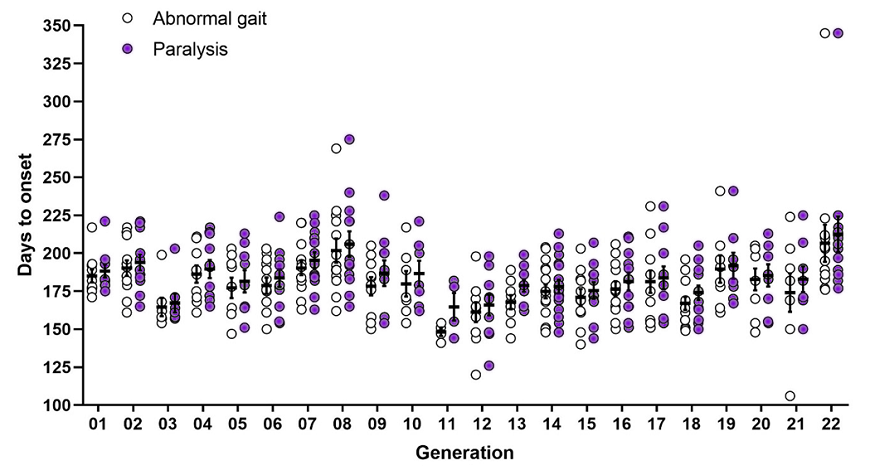
Figure 1: Phenotype tracking for SOD1 rat male breeders in the Taconic production colony. Data compiled Dec 2020.
- Licensing
- Pricing - USD
- Pricing - EUR
- Pricing - DKK
- Select my Health Standard
- Get Custom Pricing Guide
Licensing
Pricing - USD
Murine Pathogen Free (MPF) Health Standard
002148 Female
2148-F Genotype tg/wt
Available now
| Age in Weeks | Quantity 1 - 999 |
|---|---|
| 3 to 12 | US$288.00 |
2148-F Genotype wt/wt
Available now
| Age in Weeks | Quantity 1 - 999 |
|---|---|
| 3 to 12 | US$250.00 |
002148 Male
2148-M Genotype tg/wt
Available now
| Age in Weeks | Quantity 1 - 999 |
|---|---|
| 3 to 12 | US$288.00 |
2148-M Genotype wt/wt
Available now
| Age in Weeks | Quantity 1 - 999 |
|---|---|
| 3 to 12 | US$250.00 |
Pricing - EUR
Murine Pathogen Free (MPF) Health Standard
002148 Female
2148-F Genotype tg/wt
Available now
| Age in Weeks | Quantity 1 - 999 |
|---|---|
| 3 to 12 | 252,00 € |
2148-F Genotype wt/wt
Available now
| Age in Weeks | Quantity 1 - 999 |
|---|---|
| 3 to 12 | 220,00 € |
002148 Male
2148-M Genotype tg/wt
Available now
| Age in Weeks | Quantity 1 - 999 |
|---|---|
| 3 to 12 | 252,00 € |
2148-M Genotype wt/wt
Available now
| Age in Weeks | Quantity 1 - 999 |
|---|---|
| 3 to 12 | 220,00 € |
Pricing - DKK
Murine Pathogen Free (MPF) Health Standard
002148 Female
2148-F Genotype tg/wt
Available now
| Age in Weeks | Quantity 1 - 999 |
|---|---|
| 3 to 12 | kr.1.878,00 |
2148-F Genotype wt/wt
Available now
| Age in Weeks | Quantity 1 - 999 |
|---|---|
| 3 to 12 | kr.1.642,00 |
002148 Male
2148-M Genotype tg/wt
Available now
| Age in Weeks | Quantity 1 - 999 |
|---|---|
| 3 to 12 | kr.1.878,00 |
2148-M Genotype wt/wt
Available now
| Age in Weeks | Quantity 1 - 999 |
|---|---|
| 3 to 12 | kr.1.642,00 |
Select my Health Standard
Need help choosing the right Taconic Biosciences health standard for your research?
Use the Health Standard Selector to enter your exclusion list. The tool will tell you which health standards meet your requirements.
Get custom pricing guide
Schedule A Scientific Consultation
Connect directly with a member of our Scientific Solutions team who can help you select the most appropriate model and maximize your experimental success.


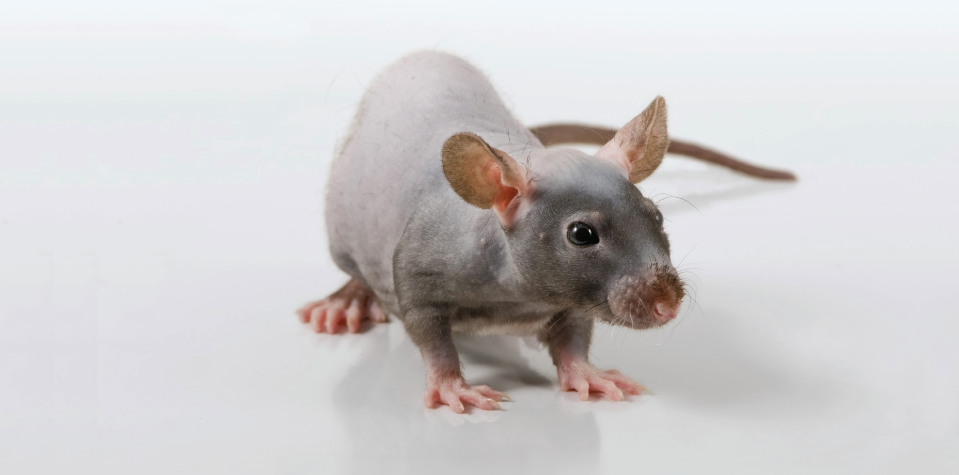

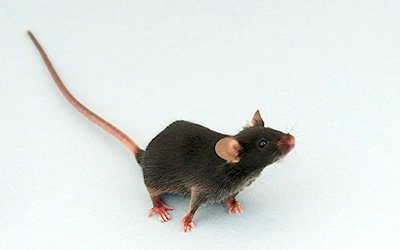
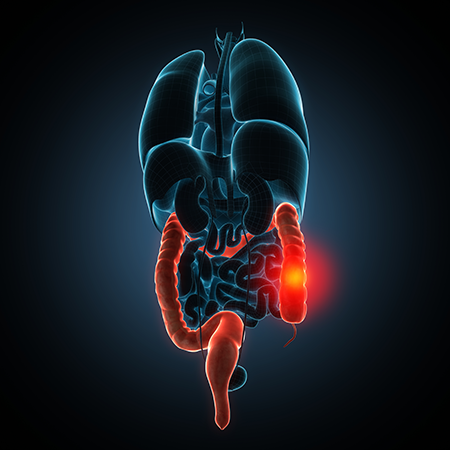
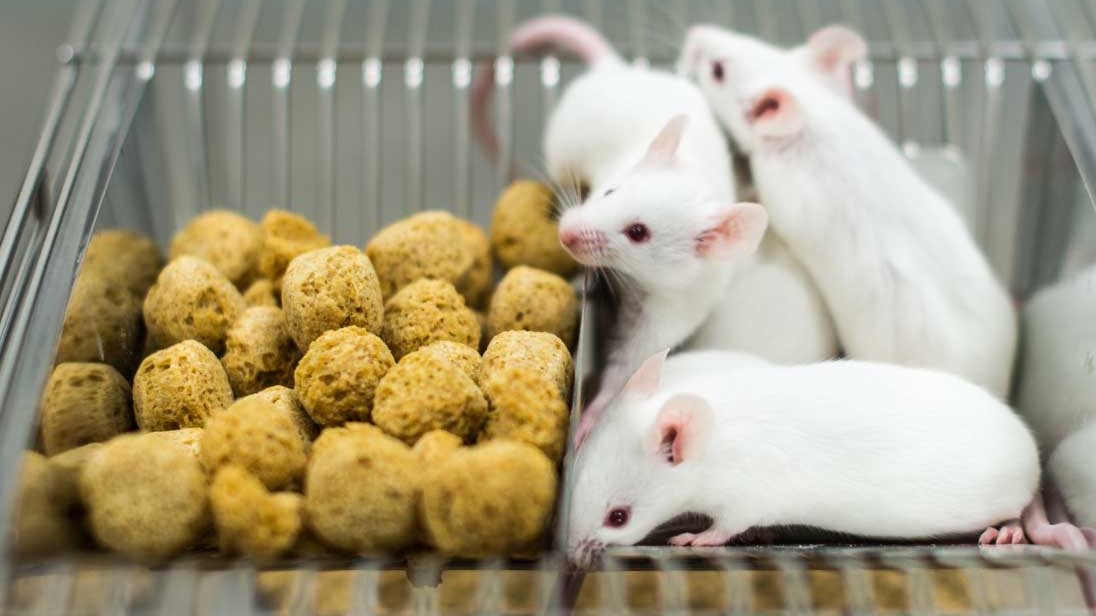



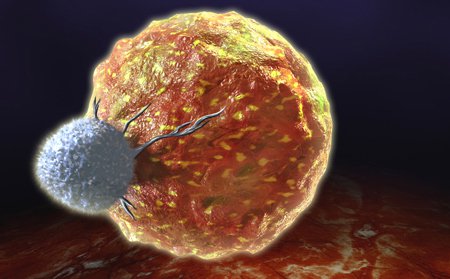


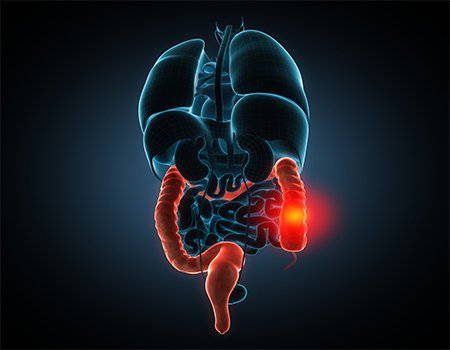

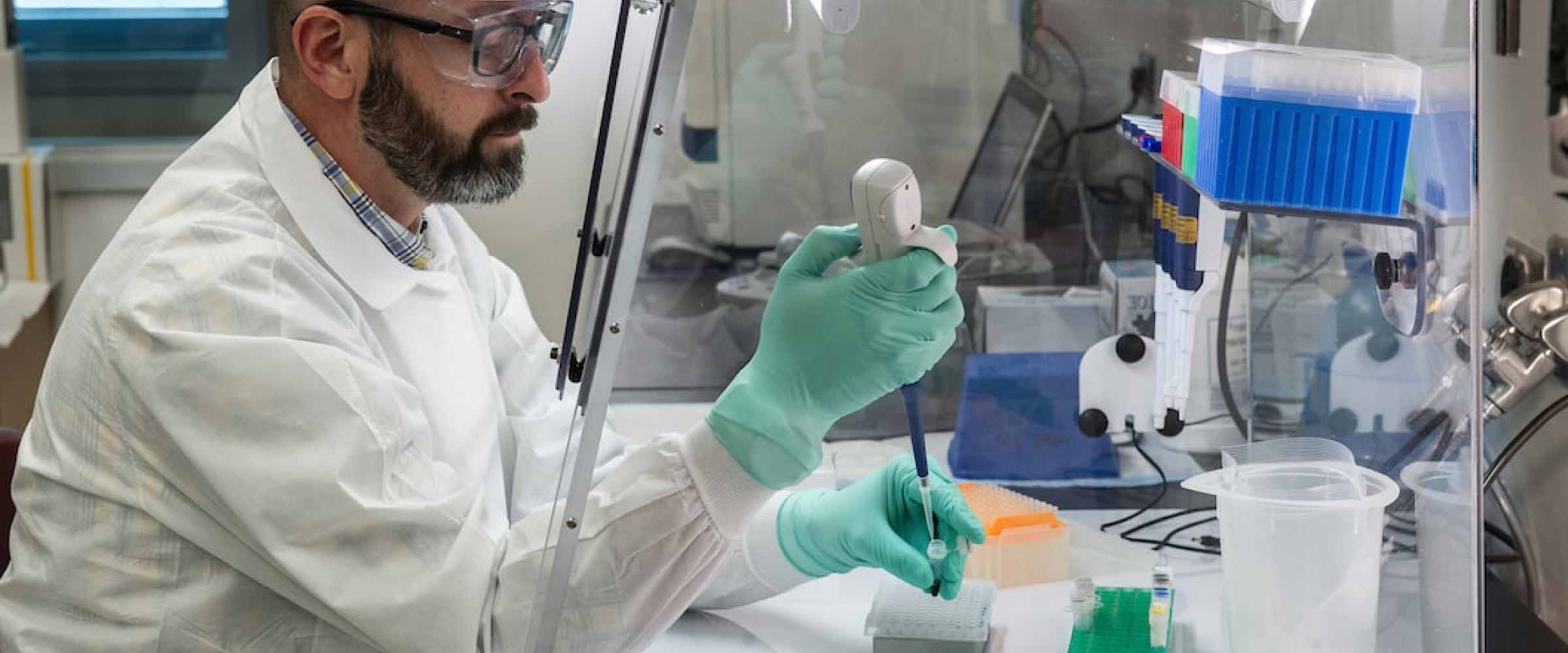
.jpg)

.jpg)
.jpg)
.jpg)
.jpg)
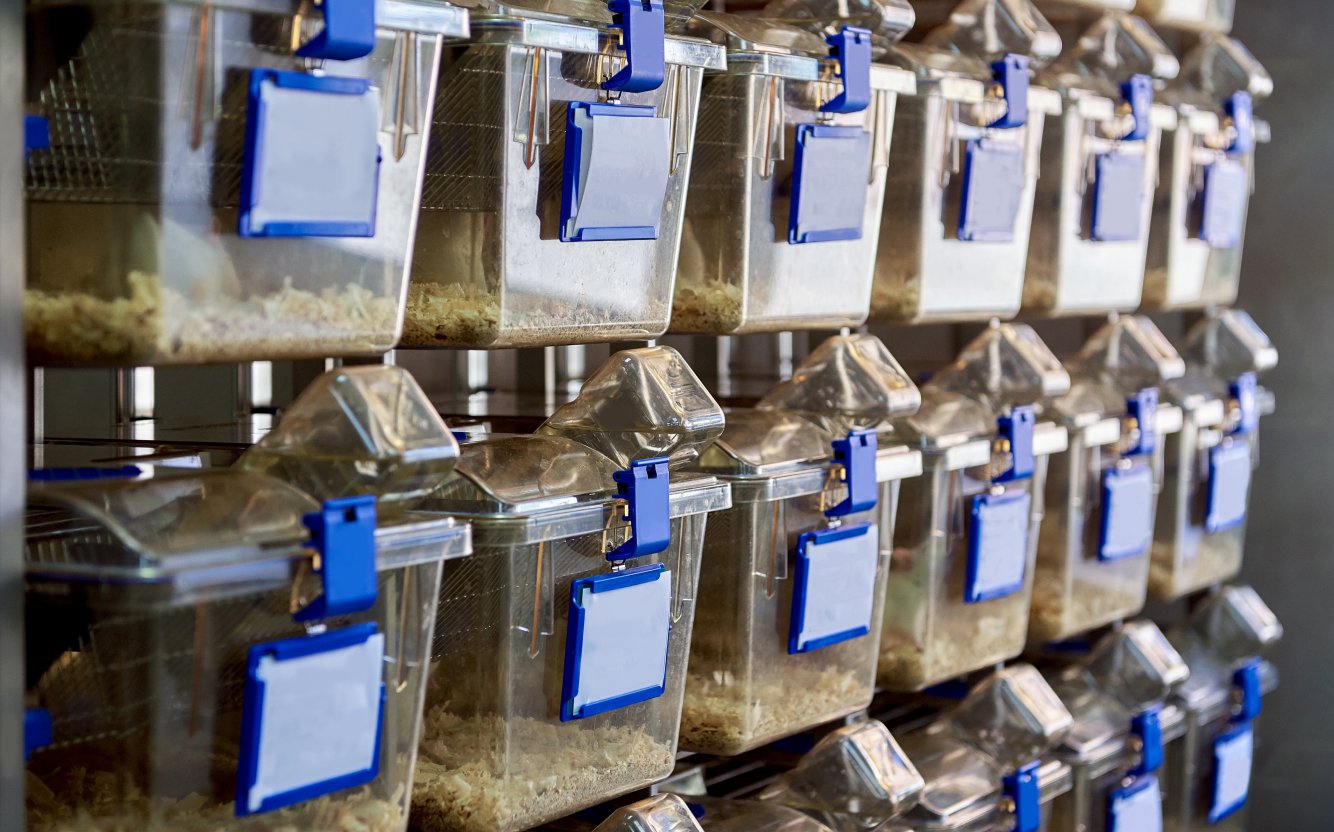
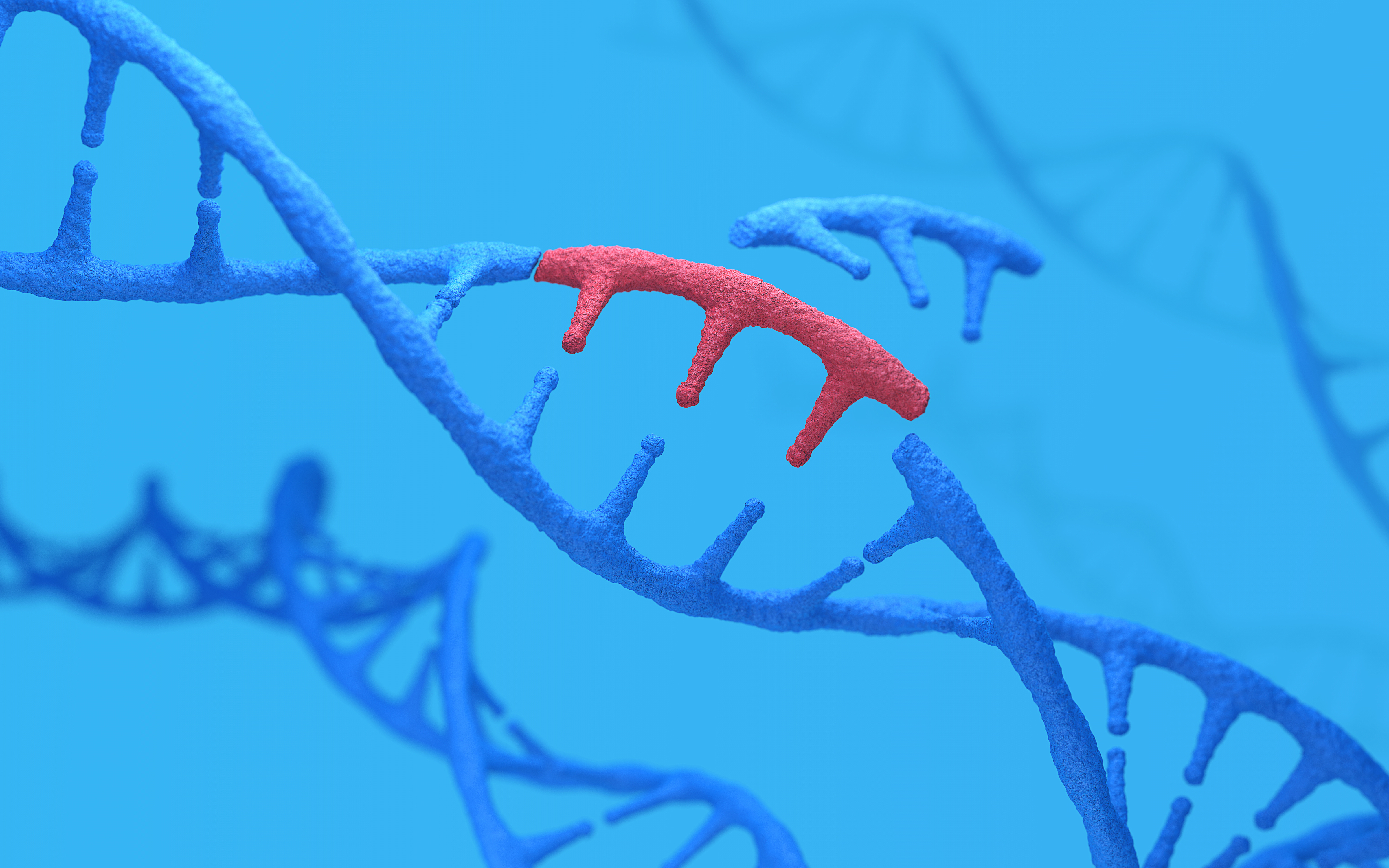
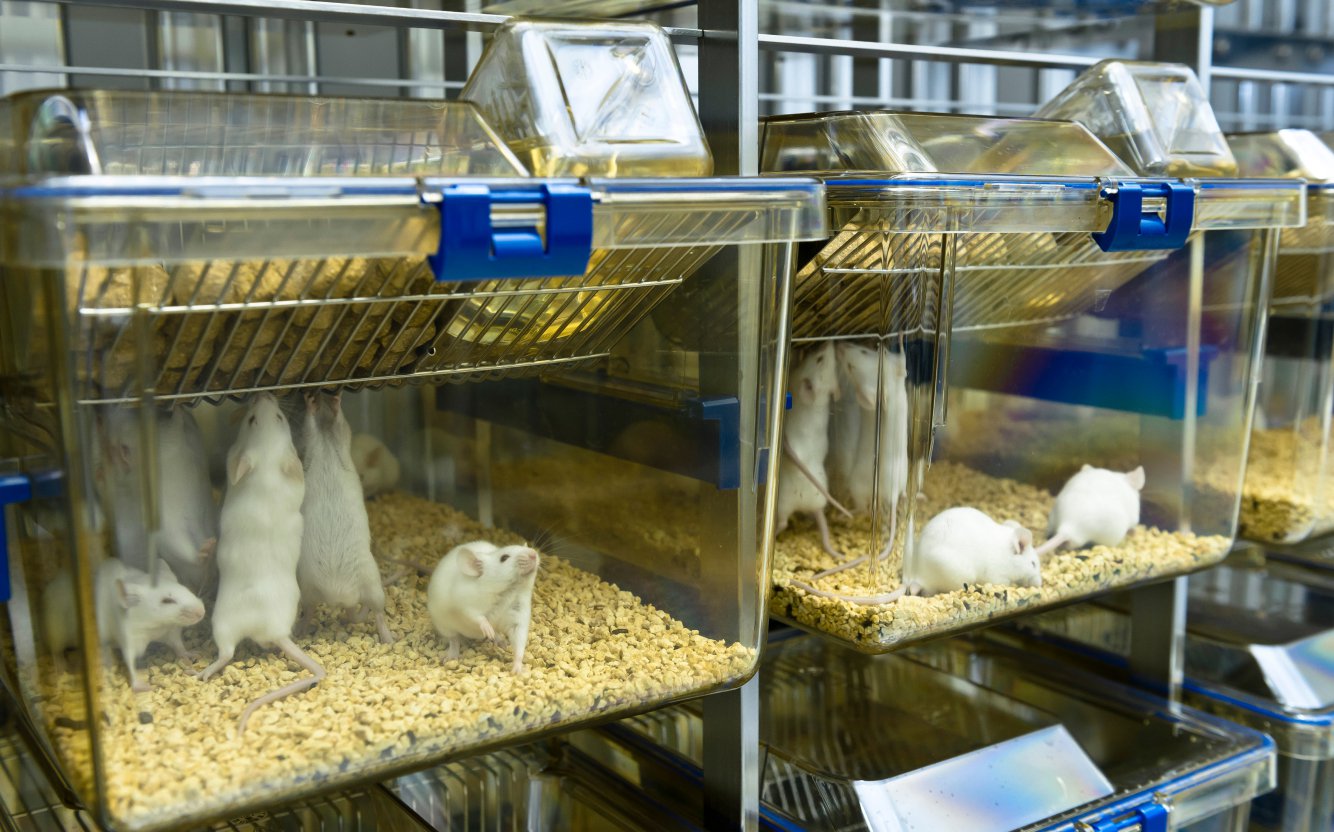


.jpg)


.jpg)
.jpg)

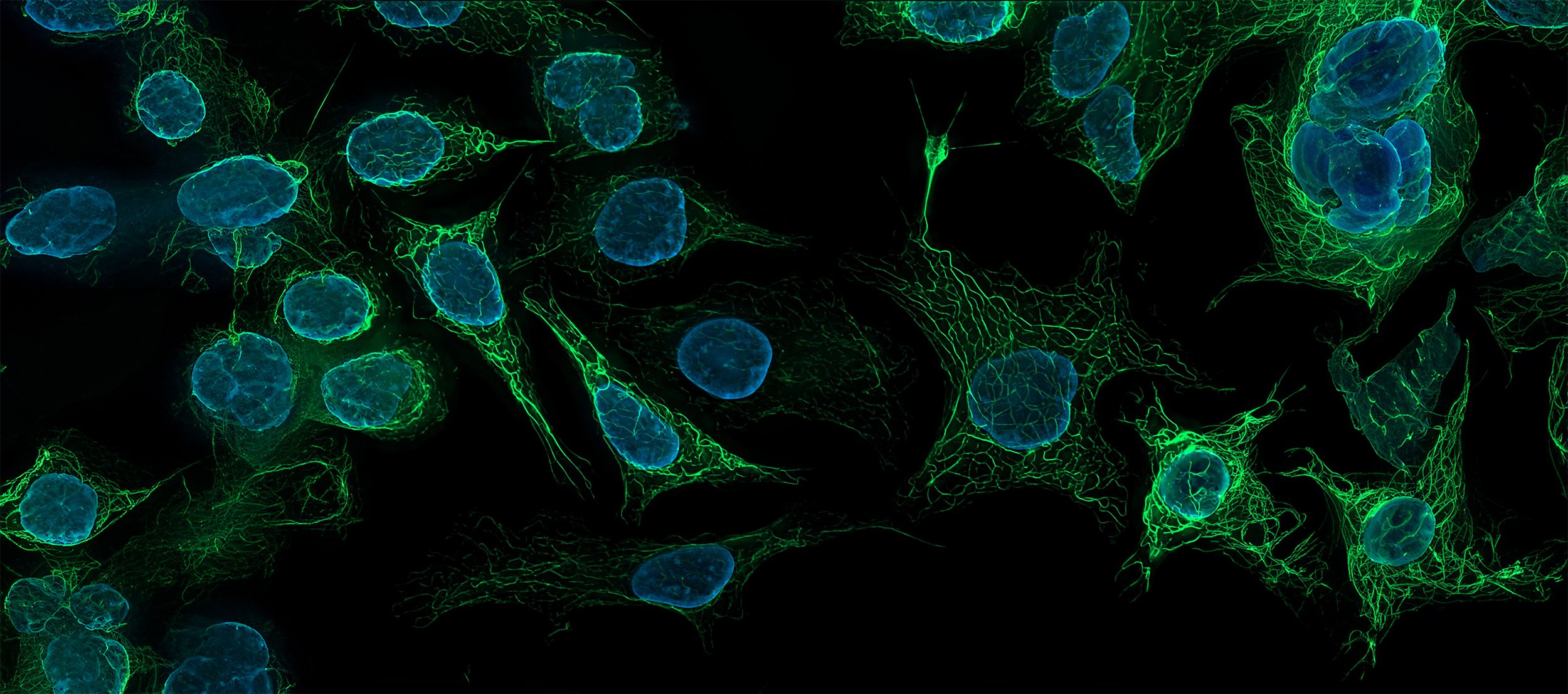


.jpg)
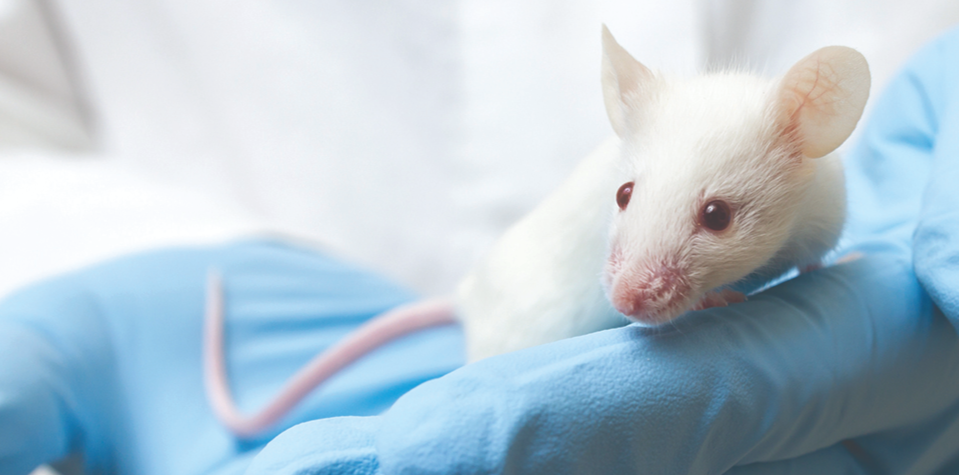

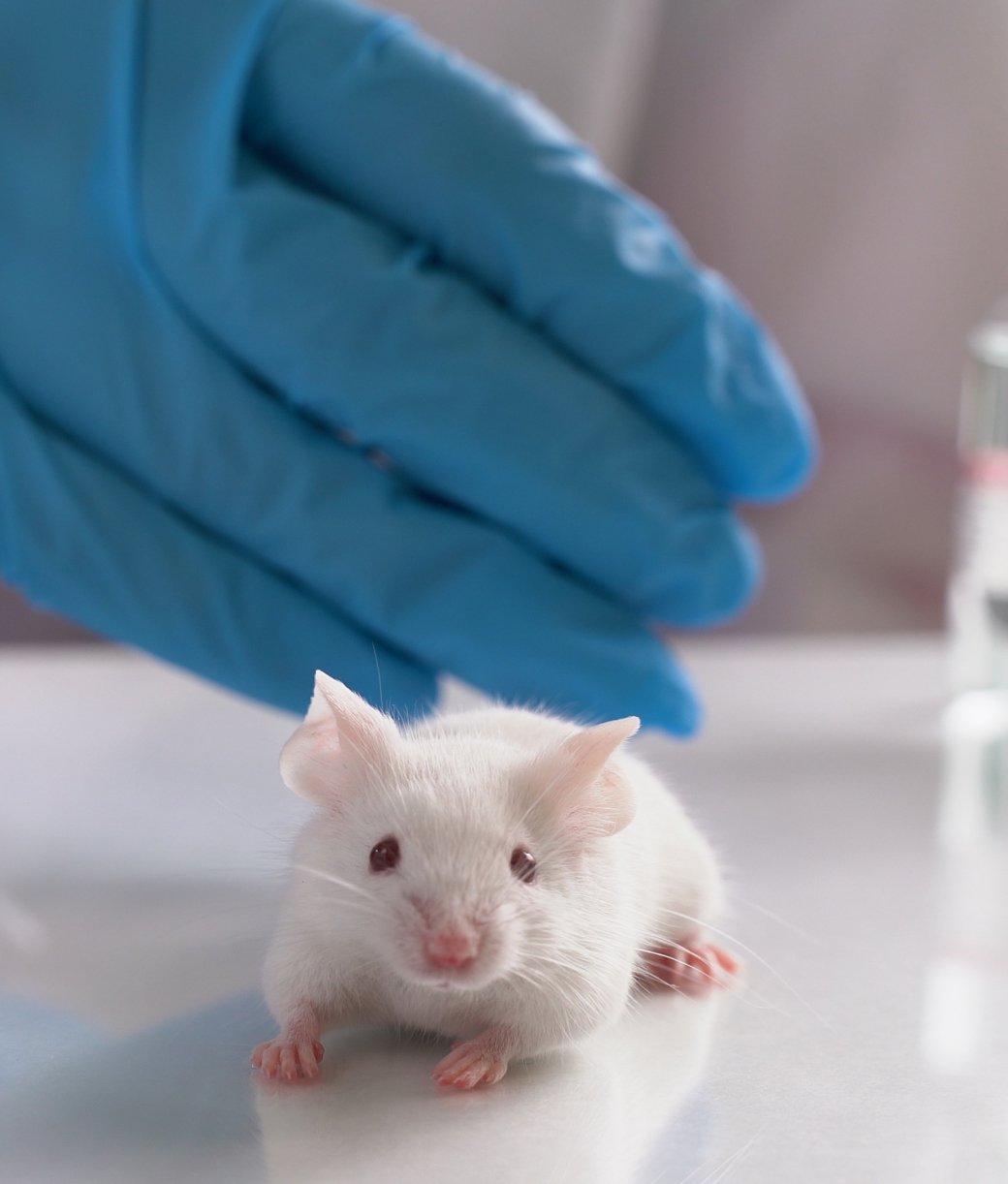

.jpg)

.jpg)





